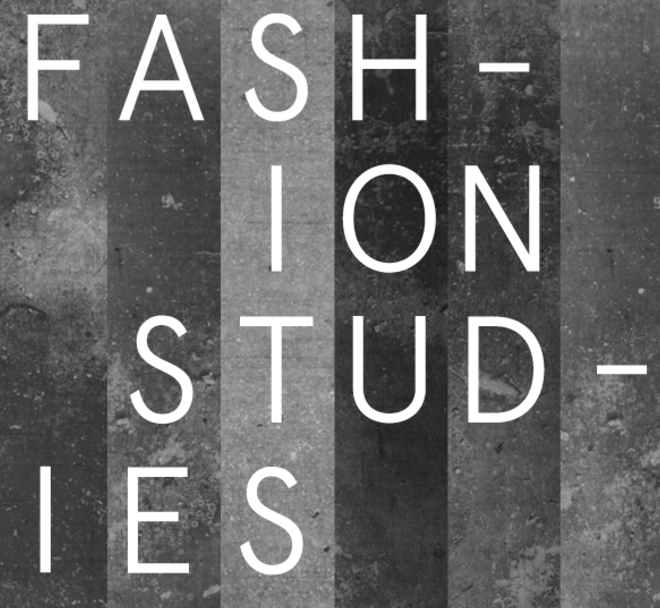Learning Portfolio Post #5 (250 words)
For your last LP Post of the semester, I would like you to reflect on the question “what is fashion?” which you were originally asked to answer in Week One. How has your understanding of fashion changed since the beginning of the semester? Give one or two specific examples to explain your answer. Your example(s) can come from anywhere, but support them with at least one quote from a class reading.
In week one, I answered that fashion is a second skin, an extension of the wearer’s persona. I also wrote that fashion is the most practical form of art and self-expression.
Now that the semester has come to an end in Fashion Studies, I understand fashion differently, especially in the context of “style” and “dress.” My first definition may have confused fashion with style, which has more to do with self-expression since it is the “construction of self through garments, accessories, and other beauty regimes” (Kaiser 2012, 15) that may not necessarily be fashionable at the time. My initial definition which references the second skin also correlates with dress, which is defined as “body modifications and body supplements” (Kaiser 2012, 15). Dress, which we practice every day and which is more specifically related to the body, is more like a second skin.
More accurately, fashion is a social process that is part of what it is to be “in flux with time” (Kaiser 2012, 15). Fashion is also more commercialized and industrialized than dress and style. It is about producing clothes and appearances that are in season and to work through different ideas. When we participate in fashion, we are also negotiating subject positions (such as gender, ethnicity, and class), and “navigating through power relations…it involves mixing, borrowing, belonging, and changing…but it is also about matching, creating, differentiating, and continuing” (Kaiser 2012, 10). Fashion is a complex process that involves multiple perspectives and requires integrative studies to learn.

